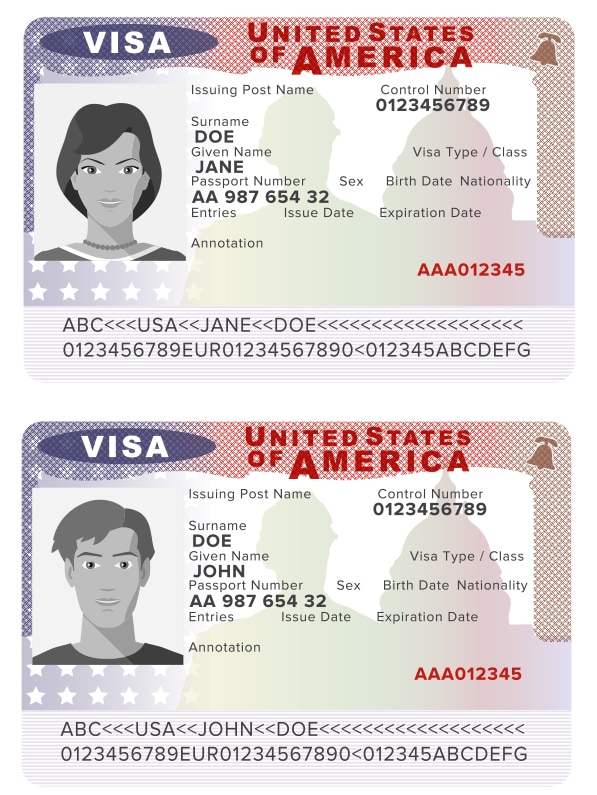What is a Mixed Economy?
Disadvantages of a mixed economy
A mixed economy is an industrial economy that integrates government planning and markets, as well as public and private ownership of productive property. Many radical capitalists and socialists dislike this type of economy, but the fact is that most modern economies are mixed to some degree. The nature of the mix varies widely from country to country, as well as region to region.
Mixed economies have some advantages. For example, they increase production levels and overall efficiency levels. Moreover, they encourage competition at all levels, including the small-scale ones. This encourages new companies to emerge and inspire more innovation. Despite these advantages, the mixed economy can also limit the growth of the private sector and reduce economic development. In addition, government interference can lead to rent-seeking, which is non-productive.
A mixed economy also fosters innovation and cost-effectiveness. Unlike a command economy, private companies can compete with one another and develop innovative products and services. Governments also have a role in the economy, which is essential for creating a more equitable society. But a mixed economy may inherit problems from previous economic systems.
Mixed economies also tend to have high tax rates. Governments rely on taxation and private company revenues to fund their budgets. Individuals are taxed at different progressive levels based on their income. The United States ranks 16th in the world for its income tax rate.
While a mixed economy fosters more opportunities for private enterprises, it also creates a more centralized government. The government can intervene through public funds, such as setting price floors. In addition, a mixed economy can support private enterprise by creating jobs. However, it can also result in an increase in the size of government, as well as the creation of public-sector jobs and spending.
The main disadvantage of a mixed economy is the imbalance between the rich and the poor. In a mixed economy, the rich have more money, while the poor have less money. This imbalance persists until specific corrections are made. This imbalance has significant consequences for the economy. In the US, the wealthiest 1% of households own 40% of the nation’s wealth. Less than 40% of the population belongs to the middle class.
In a mixed economy, private interests are more likely to lobby for favorable tax treatment and regulations. The government also has more freedom to set its own priorities in terms of economic activity. For example, the United States provides favorable tax treatment for certain industries. While it has greater freedom of action than a purely market-based economy, the government may not be able to ensure that the rules are followed in an optimal manner.
A mixed economy is a hybrid economy that combines elements of free market systems with elements of command economy structures. The ownership of the means of production is mostly private, but it also incorporates elements of government regulation and partial or full public ownership in certain industries. Most historical economies fall somewhere on this continuum. Pure free markets and socialism represent the opposite extreme of the spectrum.
Its reliance on supply and demand to determine prices
The mixed economy is a type of economic system where the government and private sector both have a say in how prices are determined. This type of system allows the government to intervene to limit price increases and mitigate shortages. It maintains the profit incentives of a capitalist economy, but it does so in a way that limits the concentration of assets in the hands of a single person or corporation.
Mixed economies have three main characteristics. First, they let the market set prices in certain markets. The second characteristic is the reliance on individuals’ self-interest. Most mixed economies have the characteristics of a market economy, allowing a free market to determine prices, while others exhibit characteristics of command economies.
A mixed economy also reduces the chance of regulatory capture. Governments can set strategic priorities based on the characteristics of their industries. However, this can lead to unintended consequences, such as inflation or shortages. Additionally, a mixed economy is unsustainable because it is inherently unstable.
Prices are determined by the interaction of the supply and demand components of a market. The demand component represents the willingness of consumers to purchase a product and the supply component represents the willingness of producers to sell it. Ideally, the two parties can agree on a price at which they are willing to exchange a product. This is called a market clearing price.
Mixed economies combine the best features of both socialist and capitalist economic systems. Capitalist principles create incentives for innovation and efficiency while socialist principles ensure a minimum standard of living. In addition, mixed economies often have elements of the welfare state. For example, the federal government provides SNAP benefits and Medicaid benefits, and many state governments provide their own benefits to low-income citizens. In addition, many Western European countries have strong labor protections and government-provided health care.
The mixed economy has many advantages over the traditional market economy. It distributes goods where they are most needed, enables prices to measure supply and demand, and rewards the most efficient producers who meet customers’ needs more cheaply and creatively. Furthermore, it allows businesses to invest more capital in expanding their businesses. Although the mixed economy has its drawbacks, it is an impressive and flexible system.
In contrast to a communist economy, a mixed economy relies on both supply and demand to determine prices. In order for prices to be determined, there must be a balance between the two components. For example, when demand exceeds supply, a market price must fall below P to ensure that it remains at an equilibrium.
Lack of social mobility refers to an inequality in social status that is exacerbated by low income. It reveals the inequitable distribution of wealth and how this inequality affects individual success. The concept has broad implications and is often used to promote equal opportunity. Various factors may be responsible for limiting social mobility, including inequality in the family and the nature of employment and education.
The economic recovery in the 1990s prompted a greater focus on social mobility. In that time, the impact of a declining social mobility rate on attitudes towards poverty explanations increased. In addition, the decline of the socialist system in the 1990s caused more severe changes in the perception of social mobility.
Geographic factors also play a large role in determining economic mobility. A recent study of poverty in the deep South, for example, found that low-income white children grew up at the same rate as their black counterparts. The study suggests that racial identity does not determine economic mobility at the individual level, but may be related to historical segregation in communities with larger African American populations. In addition, the segregated nature of low-income neighborhoods affects the quality of education and social networks.
The poorer a family is, the more likely it is that they will not be able to provide for their child’s needs. Moreover, a child’s inability to borrow money may severely constrain his or her life prospects. In developing countries, it’s crucial to create conditions that make it possible for children to get access to financial resources.
Lack of social mobility is a significant issue in today’s world. While progress has been made in many areas, a deteriorating social mobility rate is a major concern. This deterioration has been attributed to globalization and poor policy-making. The Global Social Mobility Index measures the degree of social mobility in 82 economies around the world.
France has one of the lowest levels of social mobility in the OECD. This is due in part to an overbearing state. For example, a Parisian barber must provide 200 haircuts a month in order to be eligible to pay taxes and social security charges. As a result, France has one of the highest tax wedges in the world.
Mixed economies are generally more stable than single-country economies, and are more likely to invest in social welfare. These economies also encourage more innovation and creativity. Ultimately, this reduces social inequality and increases efficiency. So, it is important to consider the advantages and disadvantages of mixed economies when choosing a country’s political and economic system.



